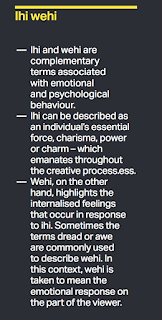The photograph is primarily very dark around the edges with the exception of the light at the top of the picture, I think the artist has used this to signify hope of escaping homelessness. The scale of the hand ensures the message of the poster is strongly communicated as it is on of the largest elements. The hand is also used to create flow and lead the viewers key up the page. The people in the background are captured mid step, implying movement which enables the viewer to continue to imagine the scene. This image is very symmetrical, with two buildings either side, the posts in the ground and even the people which gives it a passive feel. Through the use of this photograph the designer has been able to give a sense of depth, also by taking the photograph from an upwards angle this reinforces the subject matter. Lastly the designer has used colour to draw attention to the logo.

TwoOne - Created at the arist Invaders, Seniors Live Painting Event in Melbourne.
The designer has used contrast in this work by making the text red this ensures that it is the first thing the audience looks at. The image surrounding the sign is primarily darker coloured so this also enables the sign to become the key element. The elements on the page are symmetrical. This design strongly uses pastiche as it imitates the style of Banksy.
Sascha Hass
The designer has used contrast in scale and colour to ensure that the title of the magazine stands out as the background is quite busy it could be easy for it to get lost, creating a clear visual hierarchy. This design has a claer movment as it has text so naturally (in the Western World) the design is viewed from left to right and top to bottom. Pastiche is used in this design by looking at the artist Dick Frizzell. (Note this is the analysis of the third design)



















